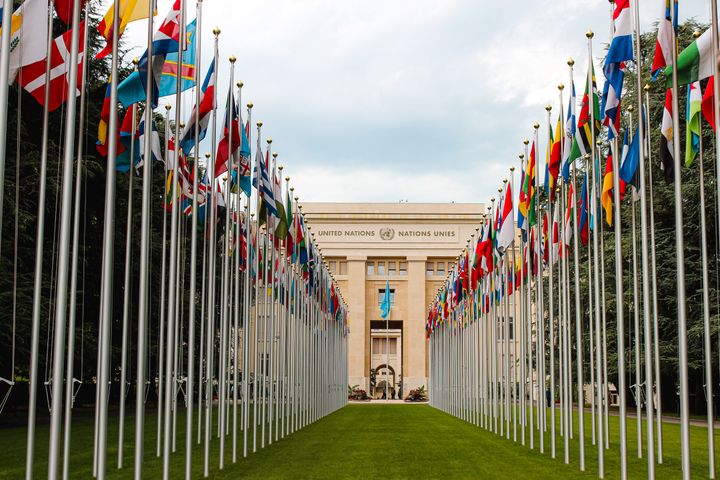Challenge of our age (or one of them at least)

“Sustainable debt for sustainable development”, cooed Christine Lagarde at Tuesday’s Paris Forum meeting, which brought together dozens of ministers of finance and central bank governors. Winston Churchill’s famous quip about Russia, “it is a riddle wrapped in a mystery inside an enigma” could just as readily be applied to the challenge of boosting spending in countries already facing debt challenges.
In 2013, the IMF deemed 21 percent of low-income developing nations as “high risk of debt distress”. Today the figure is 43 percent. It seems a rising tide of debt is lifting ever more boats (see FT for more). Mrs. Lagarde was want to stress, however, that several initiatives are helping. The G20’s Compact with Africa, the Belt and Road’s recent move towards greater transparency and the private sector’s push towards ‘impact investing’ are nudging poor countries towards attaining the United Nation’s SDGs by 2030. But are they enough?
While standardized international debt recording would improve investment decisions and strengthen debt management, what’s evidently needed is an increase in the denominator of the debt-to-GDP ratio. According to the fund, additional spending needs to increase by 15% of GDP on average in low-income countries to meet the SDG’s by 2030. That is the equivalent of $500bn (obviously, that’s a lot of zeros).
Rather than wax lyrical about exciting new developments in international finance, it is occasionally useful to inject a note of pessimism. Debt sustainability metrics in dozens of developing countries are cause for concern – emerging market countries are paying average interest rates of 5 percent on foreign currency debt, and even more on local currency debt. Once debt servicing exceeds GDP growth, debt, by definition, becomes unsustainable. For the sake of finance ministers the world over, it is imperative that low-income countries maintain their high growth push. Things could get ugly otherwise.


